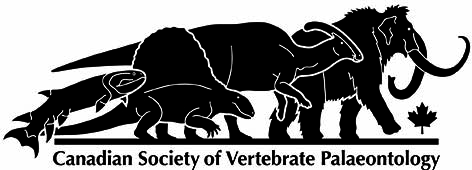A comparative morphological study of the ligamentum lamina nuchae and ligamenta interspinalia reveals enthesis patterns at the sites of attachment from the second to seventh cervical vertebrae in four extant species of Equus
DOI:
https://doi.org/10.18435/vamp29368Keywords:
Cervical vertebrae, Enthesis/Entheses, Equus asinus, Equus caballus, Equus 29 quagga boehmi, Equus przewalskii, Ligamentum interspinalia, Ligamentum lamina nuchaeAbstract
Morphological variation in the attachment sites of the ligamentum lamina nuchae and ligamenta
interspinalia to the 2nd to 7th cervical vertebrae is described in four species of Equus, and enthesis patterns in
relation to these attachment sites are explored. This comparative study provides new insights with respect to
this variation in the zebrine and asinine clades within Equus. In zebrines (Equus caballus, E. quagga boehmi
and E. przewalskii), the ligamentum lamina nuchae attaches to the eminence of the cervical dorsal spines
from either the 2nd to 5th, and or 2nd to 7th. These attachments resemble digits and between each digit an
aperture is apparent. The ligamenta interspinalia attach to the base of each cervical dorsal spine from the 2nd
to 7th before progressing caudally onto the thoracic dorsal spines. Three enthesis patterns per cervical dorsal
spine correspond to the size and shape of these ligaments. In contrast, in asinines (as represented by Equus
asinus), the ligamentum lamina nuchae attaches without digitation to the complete sagittal ridge of the cervical
vertebra including the dorsal spine and exhibits no ligamenta interspinalia. Consequently, the enthesis
pattern is represented by a raised sagittal ridge only, excluding the 7th cervical dorsal spine. These differences
between the ligamentum lamina nuchae and ligamenta interspinalia attachment sites create distinct enthesis
patterns that differentiate zebrines from asinines. Findings include: differing ligamentous morphology; associated
enthesis patterns corresponding to attachment sites of the ligaments to the cervical vertebrae; influences
in dorsal spine morphology subject to the presence or absence of the ligaments; and the postulation of
evolutionary functional adaptions in response to environmental influences between the two Equus clades.
These results may be useful for palaeontologists in the identification of isolated cervical vertebrae.
Downloads
Downloads
Published
How to Cite
Issue
Section
License
Copyright (c) 2020 Sharon May-Davis, Robert Hunter, Wendy Brown

This work is licensed under a Creative Commons Attribution 4.0 International License.
Submission of an article to Vertebrate Anatomy Morphology Palaeontology will be taken to mean that the article is an original work and not previously published or under consideration for publication elsewhere.
If the article is accepted for publication, it will be published on-line under Creative Commons Attribution 4.0 International (CC By 4.0) meaning:
Attribution — You must give appropriate credit, provide a link to the license, and indicate if changes were made. You may do so in any reasonable manner, but not in any way that suggests the licensor endorses you or your use.
No additional restrictions — You may not apply legal terms or technological measures that legally restrict others from doing anything the license permits.







